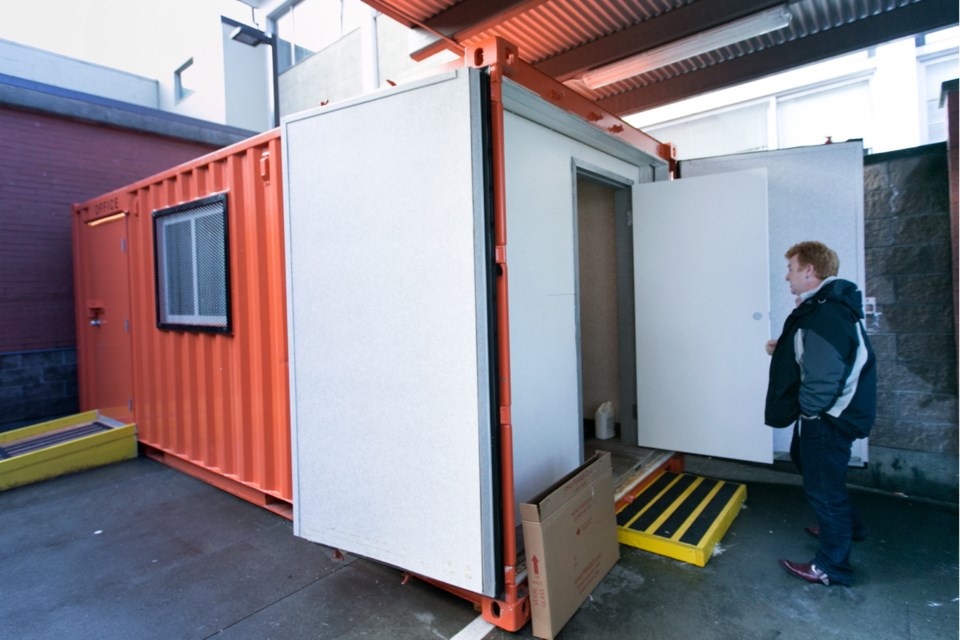The rapid rollout of overdose prevention sites across B.C. two years ago showed that governments and communities can take swift action to save lives without relying on lengthy and cumbersome approval processes, a new study says.
The report by researchers at the University of Victoria concludes that other jurisdictions in Canada and around the world should look to B.C.’s “novel and nimble” approach instead of waiting years to open supervised consumption sites.
“I want to bring attention to what’s happening in B.C., because I think it’s an international example that hasn’t really been looked at,” said Bruce Wallace, a researcher with UVic’s Canadian Institute for Substance Use Research.
“I don’t think, internationally, people are aware of how significant it is.”
In 2016, B.C.’s public health officer declared a public health emergency in response to a rise of overdose deaths in the province. Later that year, B.C.’s health minister issued an order allowing health authorities to open overdose prevention sites where people could consume drugs and get immediate help in the event of an overdose.
Prior to that point, communities had waited years for the federal government to approve supervised consumption sites, which require an exemption under federal drug laws.
Within weeks of the ministerial order, overdose prevention sites were opening across B.C.
“In the first year of operation over 20 [overdose prevention sites] were established with approximately 550,000 visits and no overdose deaths at any site,” the study says.
“This was not a small project,” said Wallace, an assistant professor with the school of social work. “Half a million visits in the first year without any overdose deaths is a pretty significant response.”
Bernie Pauly, who co-authored the report with Wallace and Flora Pagan, said another key to the success of B.C.’s response was that front-line agencies and people who use drugs were involved in deciding the design and location of the sites.
“The take-away from this particular piece of research is that these sites can be established safely, efficiently and effectively without going through a long, drawn-out process for approval such as the current federal process,” she said.
“And I think that communities actually have a lot of knowledge and expertise — and community agencies have a lot of knowledge and expertise — in how to integrate the sites into different settings.”
Heather Hobbs, manager of harm reductions services at AIDS Vancouver Island, said the study accurately reflects her agency’s experience operating overdose prevention sites in Victoria, Courtenay and Campbell River.
“For us, as a community-based organization, it’s cost effective, it was easy to implement and we see, in the two years that we’ve been operating, that the services work,” she said.
Hobbs added that it’s important to remember that the overdose prevention sites emerged after front-line service providers and people who use drugs began setting up their own “pop up” sites.
“This was something that was identified as a life-saving service — that people didn’t have time to wait for the federal government to act,” she said.
“So [they] took it upon themselves, based on their experience and knowledge of what needed to happen.
“And they were right.
“That community demanded overdose prevention services. They’re now demanding safe supply, and I think we need to listen to that and act on that.”



